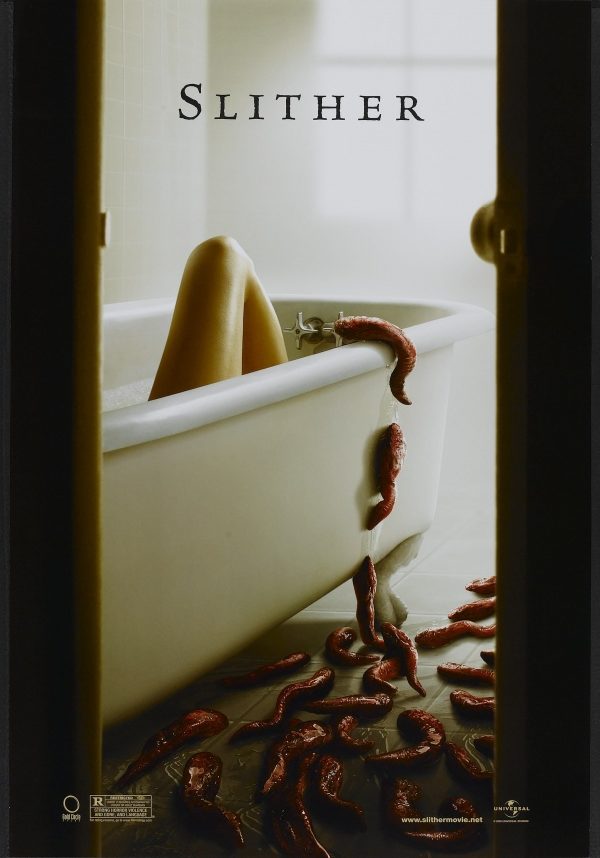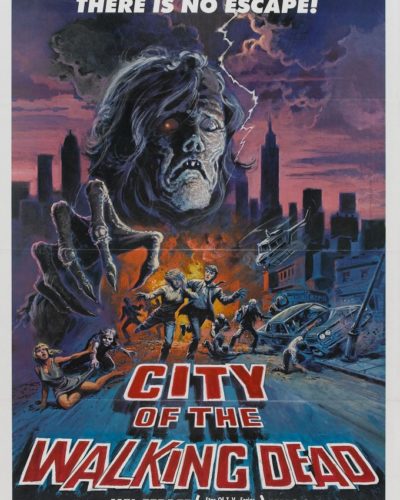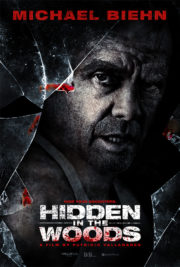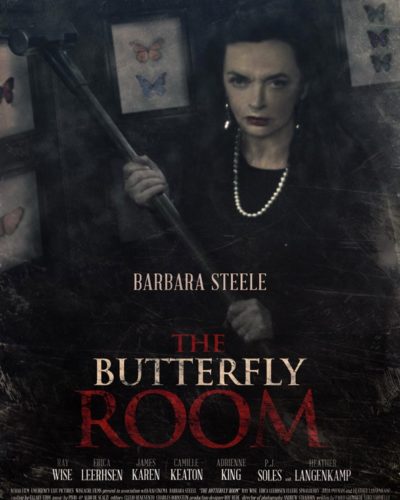“Meat is meat, and a man’s gotta eat.” – The Insidious Charm of ‘Slither’ (2006)
Invasion of the Space Slugs: A Brief Peek into ‘Slither’
Directed by James Gunn, the mastermind who later helmed ‘Guardians of the Galaxy’, ‘Slither’ emerged in 2006 as a genre-bending horror-comedy that honed in on the grotesque. At its heart, the film serves a simple, spoiler-free synopsis: a small town becomes the feeding ground of a malevolent alien presence. Infecting residents with horrific parasites, it begins a transformation into monstrous creatures. The town’s only hope? A band of survivors led by the affable police chief Bill Pardy (Nathan Fillion) and the resilient Starla Grant (Elizabeth Banks). With witty dialogue and slimy antagonists, ‘Slither’ throws back to classic B-movies with a self-aware glee that’s infectious.
A Symphony of Screams: Crafting the Atmosphere in ‘Slither’
The film’s atmosphere oscillates between tongue-in-cheek humor and genuine horror, a balance that Gunn navigates with skilled precision. It relies heavily on sudden visual shocks juxtaposed with a creeping sense of foreboding. Instead of relying on shadow play, ‘Slither’ leans into its bright, often garish color palette to accentuate its grotesqueries. Tension is built through an anticipation of the inevitable—knowing that the grotesque is waiting to pounce, even in broad daylight.
The Eye of Terror: Visuals and Soundscapes
Cinematography and Visuals
With creative camera angles and an unflinching dedication to showcasing the monstrous, the cinematography of ‘Slither’ serves as a conduit for its peculiar brand of terror. The use of practical effects married with CGI creates a tactile nightmare that harkens back to the body horror of the ’80s. From the writhing, slug-like creatures to the disturbing transformation sequences, the visuals are both repellant and compelling, a testament to the film’s commitment to its visual identity.
Sound Design
The soundtrack, with its eerie melodies and spine-tingling sound effects, amplifies the horror substantially. Notably, the moist squelches of the creatures and the echoing screams they provoke are perfectly pitched to unsettle the viewer. Moments of silence are strategically employed, providing a false sense of security before the mayhem ensues once more.
From Panic to Pastiche: Performances and Horror Archetypes
Characterization and Acting
The characters in ‘Slither’ feel purposefully archetypal, yet the actors bring a sincerity to their performances that roots the story in a believable reality. Fillion’s portrayal of the laconic Pardy provides a relatable everyman hero, while Banks’ Starla combines strength and vulnerability in equal measure. The cast excels at playing it straight amidst the absurdity, which only enhances the film’s off-kilter charm.
Genre Conventions
‘Slither’ deftly walks the line between homage and satire, celebrating while simultaneously subverting the tropes of body horror and alien invasion narratives. It’s a lively dance that recognizes its predecessors without falling into pastiche, marking its territory confidently within the horror genre.
Under the Skin: Themes and Fright Techniques
The methods used to elicit fear in ‘Slither’ are unabashedly graphic, relying on a combination of body horror’s visceral punch and the primal jolts of jump scares. The effectiveness of these techniques lies in their excess, which Gunn orchestrates with a maestro’s touch. Under this layer of goo and gore, the film explores themes of consumption, control, and what it means to be human—a slippery probe into the darker corners of our existence humanized by Gunn’s deft storytelling.
“Ain’t No Cure for Love”: The Enduring Appeal of ‘Slither’
As a horror movie, ‘Slither’ thrives on its ability to shock and amuse in equal measure. For purists seeking undiluted terror, the film might feel too comedic. However, for those who appreciate the entwining of horror with humor, it is a treasure trove of carefully crafted chaos. It’s a film that would especially appeal to aficionados of cult horror and those who aren’t faint of heart.
Comparing it to established horror works, ‘Slither’ could be seen sidling up to the creature features of the ’80s, like John Carpenter’s ‘The Thing’ or David Cronenberg’s body horror flicks, while bringing a modern self-awareness akin to ‘Scream’.
Final Thoughts: To Slither or Not to Slither
Slither‘s strengths:
- Unique blend of horror and comedy
- Strong performances from the main cast
- Effective practical effects and CGI integration
- Engaging soundtrack and sound design
Slither‘s weaknesses:
- May not satisfy those seeking pure horror or pure comedy
- The graphic content could turn off viewers with weaker stomachs
Overall, ‘Slither’ is a well-crafted movie that offers a distinct experience for viewers. It’s recommended for horror enthusiasts with a taste for gory, comedic thrills. However, it carries a fair warning for graphic content and body horror triggers. In the end, ‘Slither’ dares viewers to embrace its unique concoction of horror—a dare that is richly rewarding for the right audience.




